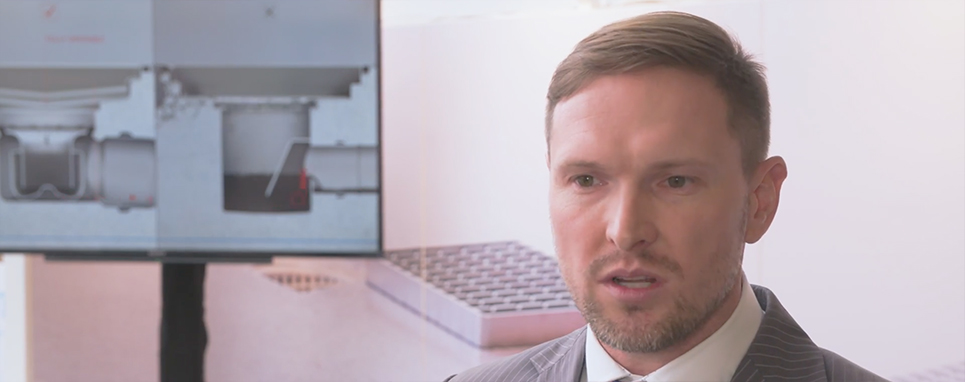
The ´prerequisites´ for high performance drainage
Our Head of Key Account Management for Food & Beverage, Brett Ira, provides an overview of the key specification considerations – what ACO call ‘prerequisites’- for the delivery of high performance drainage systems in food and drink manufacturing.
Picture gallery
Although hygiene along with health and safety are at the top of food and drink manufacturers priority list, often drainage is not. The need for a high performance, hygienically designed drainage system and the significant impact this can have is usually not understood. At ACO we’re committed to helping companies put HygieneFirst and when we’re designing a drainage system there are three best practice criteria (or pre-requisites) that we would advise any organisation to consider.
1. Effective technology layout and sufficient drainage capacity
If equipment is placed on top of the drainage or drainage is not easily accessible, then it can’t be easily maintained. It may also be impossible, or at least difficult, to clean. If drainage is well maintained and cleaned it has a longer life span and there is significantly less risk of cross contamination or other microbiological issues occurring. In addition, the layout of the factory equipment and the drainage needs to be considered right at the start of a project to ensure that, for example, water outlets for equipment are located near to the drainage and away from transport corridors.
It sounds obvious but all too often not enough consideration is given to the required capacity and flow rate that the drainage needs to handle now, and may potentially need to handle in the future. Cooling towers, clean in place (CIP) and steam generation are particularly demanding processes which generate large amounts of waste water but regardless of the processes taking place in your facility, you need to ensure the appropriate drainage is used. Insufficient drainage capacity leads to flooding which compromises health and safety in the workplace and increases the risk of cross-contamination.
2. Drainage material and cleaning performance
Aggressive cleaning chemicals can damage drainage systems and, if the incorrect drainage is specified, lead to leaks and corrosion. In accordance with the best-practice guidance of the European Hygienic Engineering and Design Group (EHEDG), ACO products are manufactured from grade 304 and 316 stainless steel that has been fully pickle passivated. This helps minimise corrosion and optimise hygienic and durability.
The ability to fully clean your drainage system and to do so quickly and easily will have a significant impact on the hygienic performance of your manufacturing facility and also operational costs. Recent research conducted with the Fraunhofer Institute found that hygienically designed drainage can be fully cleaned in just 8 minutes, whereas non-hygienically designed drainage could not be fully cleaned even after 180 minutes of cleaning! So we always recommend hygienically designed systems in the relevant areas of food and drink processing environments.
3. The floor-drain connection
The correct flooring/drain interface needs to be specified to ensure a good connection between the drainage and the surrounding floor. The floor/drain connection is often the first aspect of the drainage environment that faults. It’s vital that the right interface is specified for type of drainage and flooring required. We consider factors including the dynamic and thermal loading required and the type of flooring material being specified. We’ve recently finalised a three-year research project with flooring specialist SIKA to enable us to provide evidence-based guidance regarding floor/drainage connections.